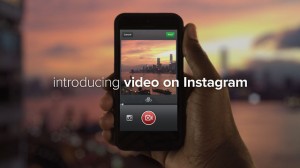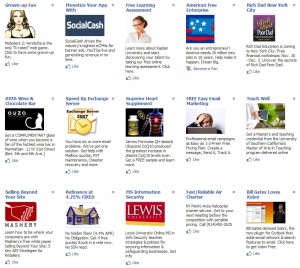Facebook Enters the World of Mobile Gaming
In Social Bookmarking, Social Media, Social Media News Brief, Social Networking, Web 2.0 | No commentFacebook has offered games for a long time, with popular games such as Farmville and Mafia Wars becoming worldwide phenomena. It’s no surprise – especially with Facebook’s recent pushes towards mobile advertising and the steady rise of mobile Facebook users – that Facebook has recently announced that they will be delving deeper into the mobile gaming industry. Mobile gaming on iOS and Android has also been increasingly popular in recent years and Facebook stands to potentially gain a great deal of revenue this way.
There were rumblings about a month ago that Facebook was looking into mobile gaming, and it seems that those rumors are true. Much of the revenue generated from Facebook comes from virtual currency transactions in their aforementioned social network games, so it’s definitely a financially viable idea for Facebook to get more involved when it comes to gaming.
Essentially, what Facebook will be doing is acting as a publisher to smaller game development companies. In return for a portion of the overall revenue of the game, Facebook will focus on the marketing and distribution of these games. Many of these smaller developers have difficulty competing with larger companies such as Zynga and Kabam, which is why partnering with Facebook will be beneficial to all: to developers looking for a better way to market their games, to Facebook looking for new sources of revenue, and hopefully to gamers who are looking for new, interesting mobile games.
Facebook made the formal announcement that they are getting into mobile game publishing at the Casual Connect conference in San Francisco on July 30. They have partnered themselves with roughly ten developers including Brainbow, Kiwi, and Space Ape, among others. Though traditional games publishers tend to have a hand in the development process, Facebook will stay out of funding and overseeing development and will put the majority of their focus into marketing and analytics tools.











